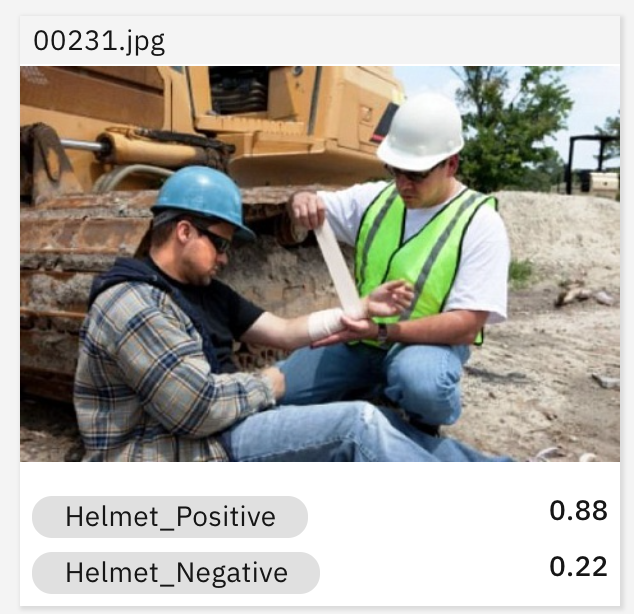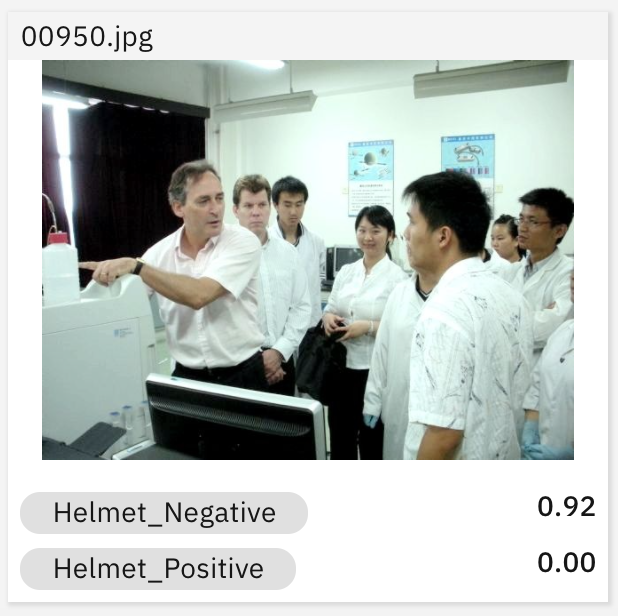SAP Development Landscape Timeline web application
As an intern as BNSF Railway, I designed and created the full stack of a Flask web application that showed relationships between projects and events such as maintenance events or outages. All information was pulled from a SharePoint list using SharePoint's rest API and utilized recursive descent parsing along with SQLite databases to power it's rather fast backend. Working with server-less databases was a refreshing experience. The highly dynamic web app utilized Timeline.js to create an incredibly dynamic timeline with one of kind scaling and scrolling capabilities.
A dummy version (no real data) can be found here
ML model to detect instances of damage on train wheels
Working on the BNSF Railway Midas (Mechanical Image Driven Analytics System) under the guidance of Coleman Barkely I Developed computer vision deep learning models using the amazing Cogniac Corporation platform to detect instances of damage on portions of train wheels that existing models were struggling to identify. Being able to combine my passions for machine learning and computer vision was amazing.
Like many computer vision applications, my project started with understanding how the images were captured and processed might affect models created from the data. I then created python programs to analyze possible causes of detection imbalances from existing models and presented my findings. My data research lead to real conversation and change the image capturing system and my models continued training with hopes for deployment after the end of my internship.
Change Request Automation ServiceNow application
Using the ServiceNow platform, I collaborated with a fellow intern to create a web application that automated the creation and approval of emergency change requests within the SAP development landscape. This application would replace what was previously hundreds of emails each week, and decreased required user input fields by 38%.








